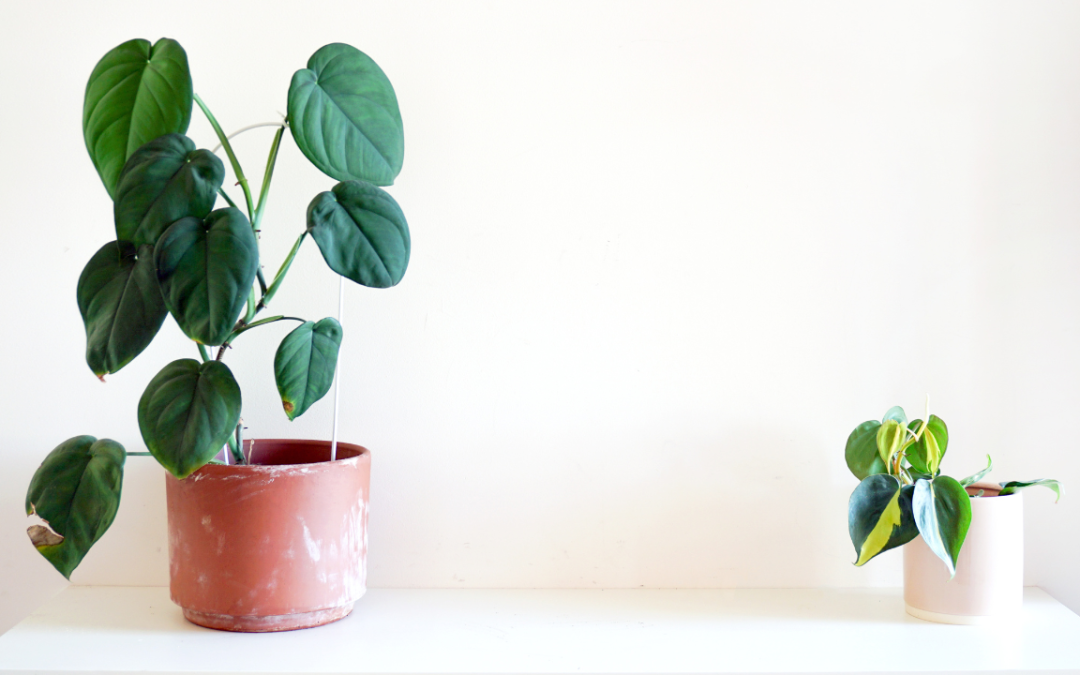Key Takeaways
- Indoor plants like Snake Plants and Spider Plants absorb harmful toxins, improving air quality and reducing health risks.
- Plants naturally release moisture through transpiration, helping to maintain optimal humidity levels in dry indoor environments.
- Certain plants, such as Peace Lilies and Boston Ferns, neutralize harmful chemicals, creating a safer indoor atmosphere.
- Proper plant placement, considering light and humidity levels, is key to ensuring their success in improving air quality.
- Incorporating plants into workspaces or homes can lower stress, enhance productivity, and improve overall psychological well-being.
Indoor air can be more polluted than outdoor air due to confined spaces and limited ventilation. Harmful toxins, airborne microbes, and dust particles accumulate over time, impacting health and well-being. Fortunately, indoor plants act as natural air purifiers, improving air quality and enhancing indoor spaces.
With the right selection of plant species, any environment can be transformed into a healthier, fresher space. From corporate plantscaping to home decor, these green companions contribute to a cleaner, more breathable atmosphere.
1. Absorption of Indoor Pollutants
Certain plants like the Snake Plant and Spider Plant absorb airborne toxins through their leaves. These toxins include volatile organic compounds (VOCs) commonly emitted by household cleaners, paints, and furniture. By filtering harmful chemicals such as benzene, formaldehyde, and xylene, plants contribute to a healthier indoor atmosphere, reducing the risk of respiratory issues and headaches.
2. Increase in Humidity Levels
Indoor environments often suffer from dry air, especially in spaces with air conditioning or heating systems. Plants naturally release moisture through a process called transpiration, where water evaporates from their leaves. This increase in humidity helps to prevent dry skin, irritation, and respiratory discomfort, making the air more comfortable to breathe.
3. Reduction of Airborne Microbes
Many plant species, including Spathiphyllum Wallisii, have antibacterial and antimicrobial properties that reduce airborne microbes. They help lower the presence of mold spores, bacteria, and viruses, creating a cleaner indoor environment. By minimizing airborne microbes, plants can play a role in reducing the spread of respiratory infections and allergies.
4. Enhancement of Natural Ventilation
Indoor plants can improve airflow by promoting better air circulation. Green walls and vertical gardens are especially effective in enhancing natural ventilation by increasing oxygen levels and reducing stagnant air. This creates a fresher environment and minimizes the reliance on mechanical ventilation systems, which can often spread indoor pollutants.
5. Removal of Air Pollutants
Potted plants serve as natural air filters, trapping dust, mold spores, and other airborne particles. They also help break down pollutants such as ammonia and toluene, improving indoor air quality. By strategically placing plants in high-traffic areas, such as offices and living spaces, you can reduce indoor pollutants and maintain a cleaner atmosphere.
6. Reduction in Carbon Dioxide Levels
Carbon dioxide (CO2) buildup in indoor spaces can lead to discomfort, fatigue, and difficulty concentrating. Plants absorb CO2 during photosynthesis and release oxygen, balancing indoor air composition. Larger plants, such as the ZZ Plant, are particularly effective in lowering CO2 levels, making them an excellent addition to office spaces and commercial environments.
7. Support for Better Air Circulation
Positioning plants in key locations, such as near windows or air vents, can improve airflow within a room. Interior planting design that incorporates hanging plants, desk plants, or strategically placed floor plants enhances natural air movement. This continuous circulation helps distribute oxygen more efficiently, preventing stale air pockets from forming.
8. Neutralization of Harmful Chemicals
Indoor environments often contain traces of harmful chemicals from synthetic materials, cleaning products, and office equipment. Plants such as Peace Lilies and Boston Ferns are known for their ability to neutralize these chemicals, reducing their impact on human health. By incorporating plants into interior spaces, you can create a cleaner and safer indoor atmosphere.
9. Improvement of Psychological Well-Being
Beyond physical air quality benefits, plants contribute to emotional and mental well-being. The presence of green plants has been linked to reduced stress levels, improved mood, and increased productivity. Office plants and desk plants help create a calming atmosphere, making workspaces more enjoyable and enhancing overall focus and creativity.
10. Support for Sustainable Environmental Conditions
Roof garden projects, moss walls, and vertical gardens not only improve indoor air quality but also contribute to sustainability. These installations act as natural insulation, reducing energy consumption and promoting eco-friendly practices. Sustainable interior plant design enhances both air quality and environmental consciousness in residential and commercial settings.
How to Choose the Right Plants for Your Environment
When selecting indoor plants, it’s essential to consider factors like light levels, humidity, and space size. Some plants thrive in low light conditions, like the ZZ Plant, making them perfect for areas with limited natural light. On the other hand, plants like the Spider Plant and Snake Plant perform best with indirect sunlight, so positioning them near windows with filtered light can yield the best results.
For spaces with high humidity, such as bathrooms or kitchens, ferns, peace lilies, and moss walls are excellent choices as they thrive in moisture-rich environments. Conversely, plants such as succulents and cacti are ideal for dry, low-humidity areas and need minimal watering.
Additionally, consider the available space: larger plants like rubber trees or fiddle leaf figs can fill corners and tall areas in rooms, while smaller plants like pothos or succulents work well on desks or shelves. By assessing your space’s specific conditions, you can ensure that your plants not only look good but also improve air quality and thrive in their environment 10 Ways Indoor Plants Improve Air Quality
Transform Your Space with Mr Plant SoCal
Improving air quality starts with choosing the right plants and a maintenance routine. A carefully curated plant selection can transform any indoor space into a vibrant, healthy environment.
Mr Plant SoCal specializes in indoor plant installation, interior plant design, and plant maintenance. Their expert team ensures your greenery thrives, offering tailored plant maintenance services for long-term benefits.
Ready to elevate your indoor air quality? Contact Mr Plant SoCal today at (949) 370-9300 and breathe new life into your space!


